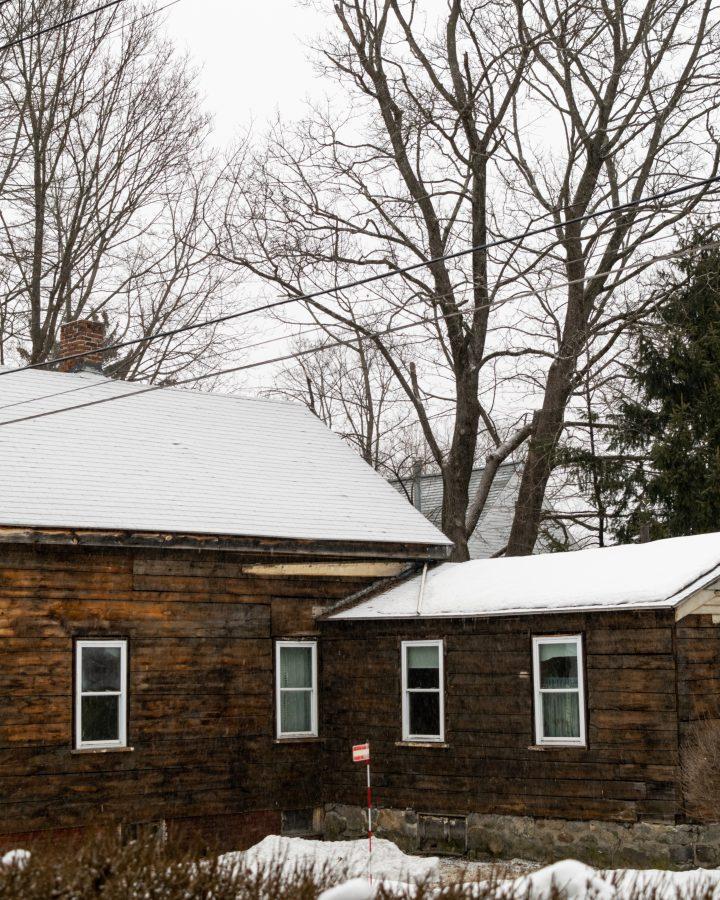February has not lacked the extreme cold that has been sweeping the country. From the Midwest to the Northeast, below-freezing temperatures have become the norm for the month. However, it has not become normal for places like Texas, which are facing temperatures unusual for the state this time of year.
Average temperatures for Texas during February are normally around 50 degrees Fahrenheit, while in the Midwest and Northeast, the averages range from around 30 to 40 degrees Fahrenheit. Recently, temperatures in the state of Texas have reached new all-time lows, reaching below 30 degrees Fahrenheit.
The temperatures in Texas and across the Midwest are due in part to a polar vortex that shifted colder air to mid-latitude areas and warmer air up to northern areas back in January.
A polar vortex is “a large area of low pressure and cold air surrounding both of the Earth’s poles.” According to Weather.gov, “Many times during winter in the northern hemisphere, the polar vortex will expand, sending cold air southward with the jet stream.” This movement of polar air southwards away from the Arctic is one of the reasons that the U.S. experiences Arctic air in the winter.
Effects of the polar vortex that swept into the country in late January were not the only cause for Arctic temperatures to reach all the way down to the south. The Arctic Oscillation was also one of the causes of extreme cold air reaching the south.
The Arctic Oscillation “is an index defined by the surface atmospheric pressure patterns at latitudes near the North Pole,” according to the Washington Post. “When the AO [arctic oscillation] index is positive, the mid-latitude jet stream is stronger, keeping the really cold air locked up in far northern regions. When the AO index is negative, it reflects a weaker jet stream that develops wiggles and dips, allowing for frigid air near the pole to ooze into mid-latitudes.”
What does that mean in terms of the freezing temperatures that hit the south? It means that the Arctic Oscillation was weak, allowing for the Arctic air in the polar vortex to shift farther than it normally would have.
The unexpected weather hitting places like Texas has led to power outages, leaving almost three million homes without power. In the Midwest and Northeast, residents have been doing a lot of shoveling as snow hits those areas.
According to the New York Times’ live updates of the winter storms, “The Electric Reliability Council of Texas, which manages the state’s power grid, said early Wednesday that more than 1.6 million homes had electricity restored overnight, but that about 2.7 million customers remained without power.” The Council is expected to continue restoring power back to residents’ homes.
More cold weather is expected to hit the Midwest and Northeast in the coming weeks. The National Weather Service said, “More than 100 million Americans are under some type of winter weather-related warning.” Extreme winter weather will continue to hit the United States, primarily in the Midwest and Northeast, into the coming winter weeks.
Weather predictions for the coming weeks show a warming up in the south, but with a warming up could come increased precipitation in the form of rain. For the Northeast and Midwest, temperatures will continue to average in the mid-thirties for the month of February and into March, based on weather predictions from the Weather Channel and AccuWeather. Weather forecasts for the entirety of the United States show cold arctic air passing through the Northeast before moving farther north back up to the Arctic.
Winter storms hit the U.S. hard
February 19, 2021
About the Contributor
Genevieve Santilli, News Writer





















































